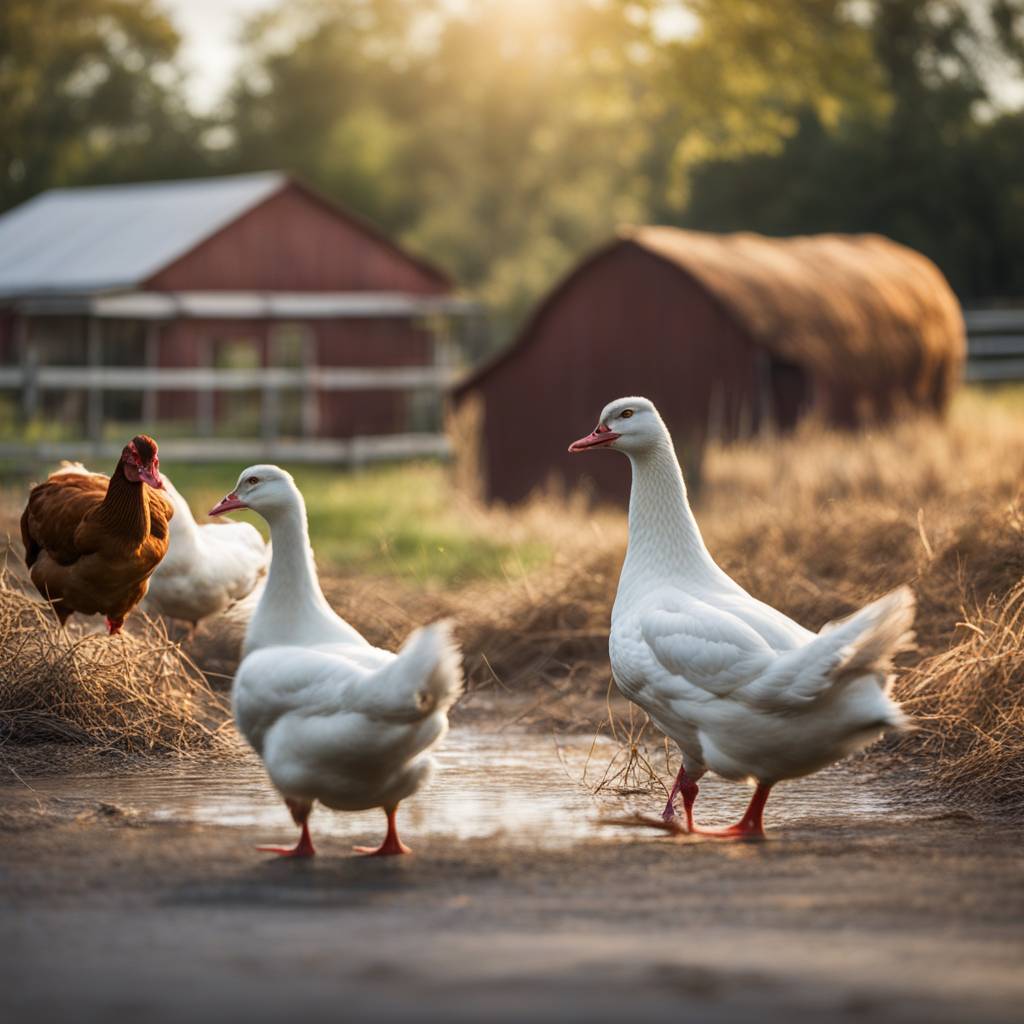Migratory waterfowl are believed to be responsible for widening avian-flu outbreaks in Texas cows and poultry, according to state Agriculture Commissioner Sid Miller. The U.S. government has reported cases of the disease in seven dairy herds in Texas, making it the state most affected by the country’s first-ever outbreaks in cattle. Cases in dairy cattle and a second human case in two years have renewed concerns about the virus, which has been infecting poultry flocks and other species globally since 2022. A positive test at a Texas egg farm led to the culling of 1.6 million laying hens, marking a major outbreak at a commercial poultry facility in the state.
The U.S. Department of Agriculture first reported that a cow and milk from two dairies in Texas tested positive for bird flu, along with milk from two dairies in Kansas. Additional positive tests were confirmed in dairy herds in Texas, New Mexico, Michigan, and Idaho. The strain of the virus found in these states is similar to the strain in the initial cases in Texas and Kansas, believed to have been introduced by wild birds. Officials are preparing for the migratory season, expecting the wild birds to head north soon, potentially reducing the risk of further outbreaks.
The U.S. Centers for Disease Control and Prevention considers the risk of bird flu for humans to be low, with symptoms reported in the Texas patient being mild, such as eye inflammation. Virologist Richard Webby stresses the importance of testing for flu in cattle and establishing the connection between the flu in cows and wild birds on the farms. He believes that similar events may be occurring in Europe and Asia, prompting a closer look at potential outbreaks in those regions. The Texas outbreak may have started about a month ago when a mysterious illness affected 40% of the state’s dairy herds, which Miller suspects was bird flu but cannot confirm due to the animals recovering.
Miller expressed readiness for the migratory birds to leave Texas for their nesting grounds, projecting the state to be out of the woods once they have departed. The issue of transmission of the disease between cattle remains a concern, with the possibility not yet ruled out by the USDA. While the outbreaks in Texas have caused significant disruption to the poultry and dairy industries, efforts are being made to contain and monitor the spread of the virus. With the situation evolving, experts are closely monitoring the developments and potential impacts on agriculture and public health.


